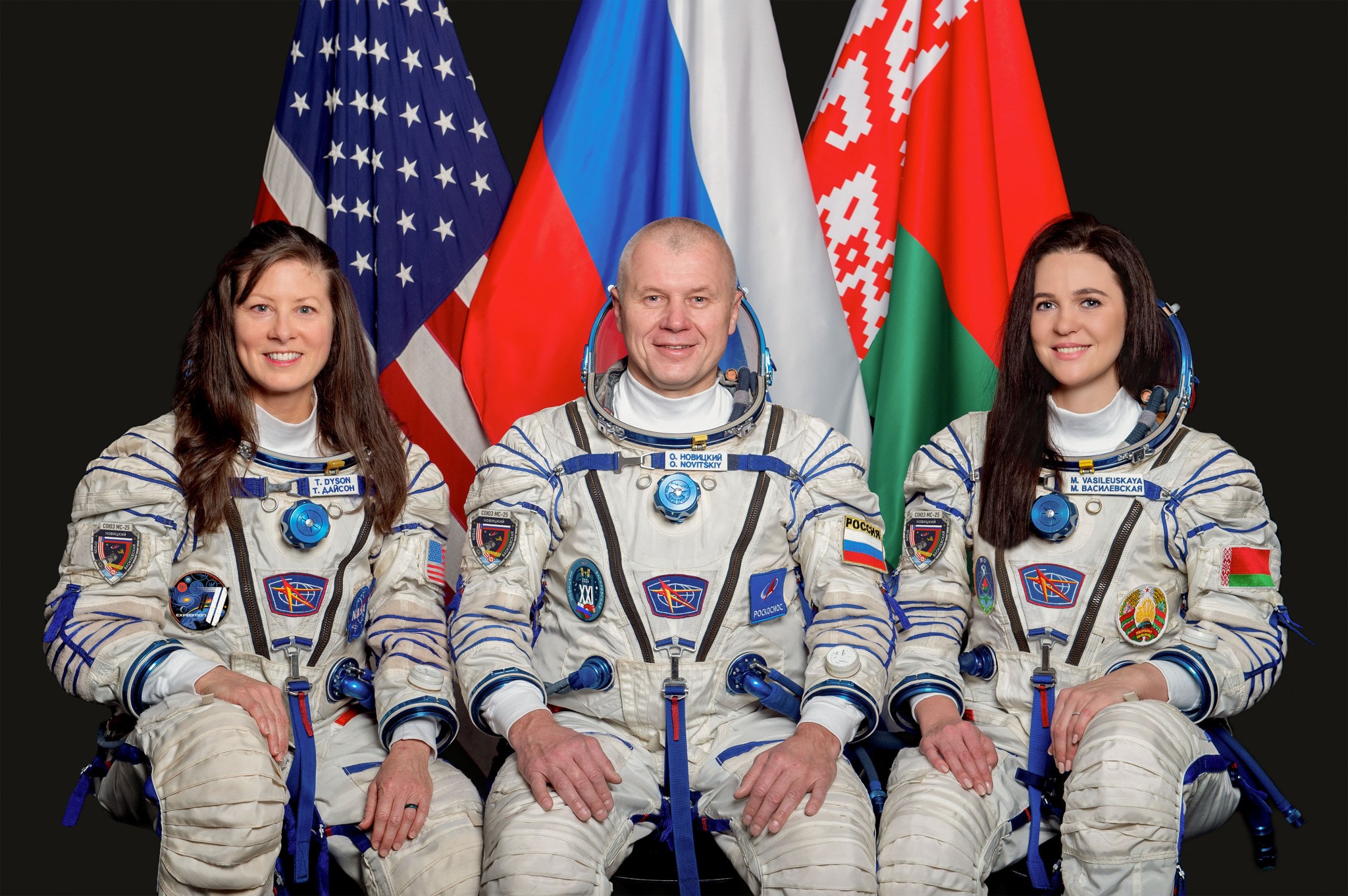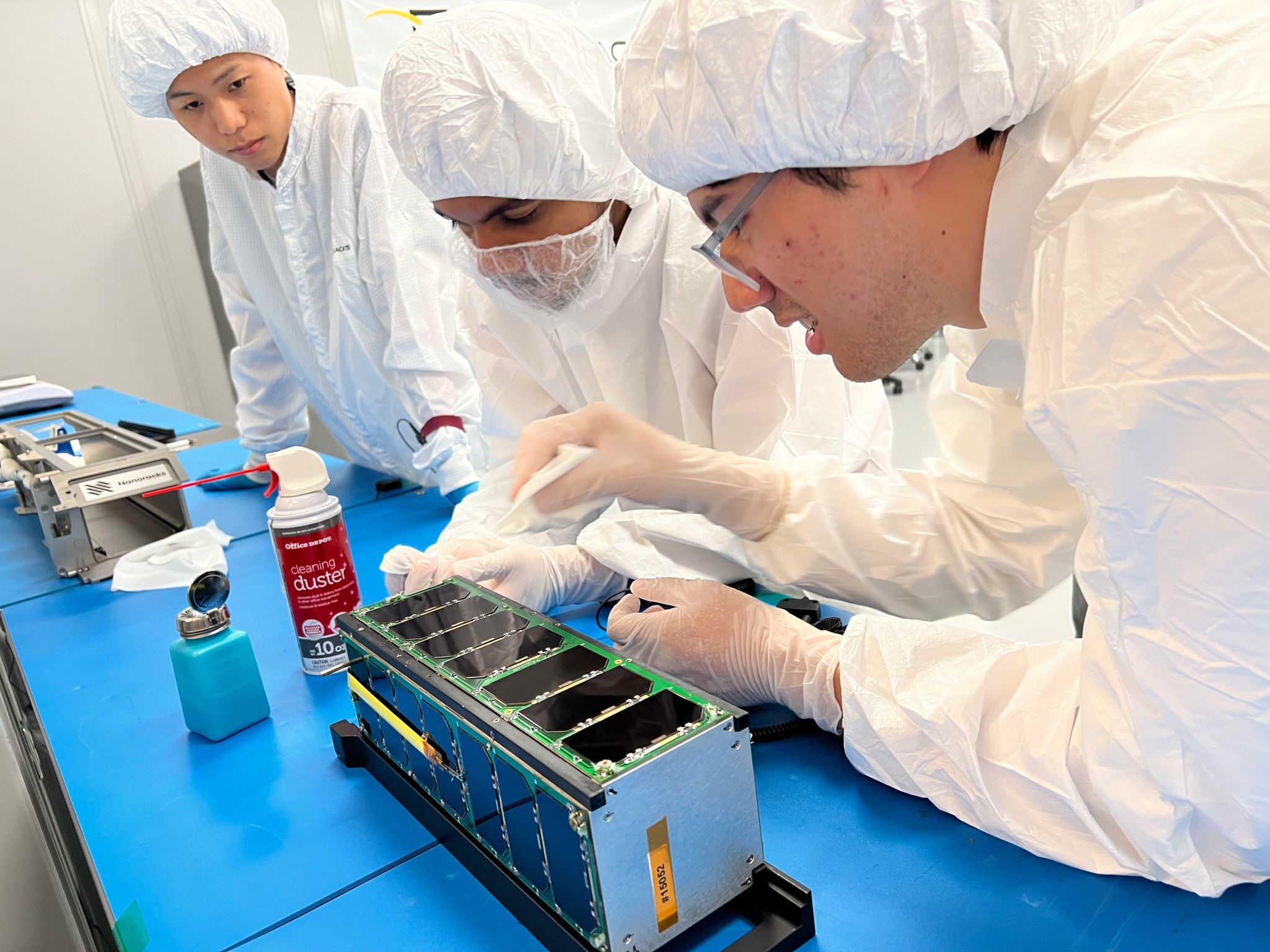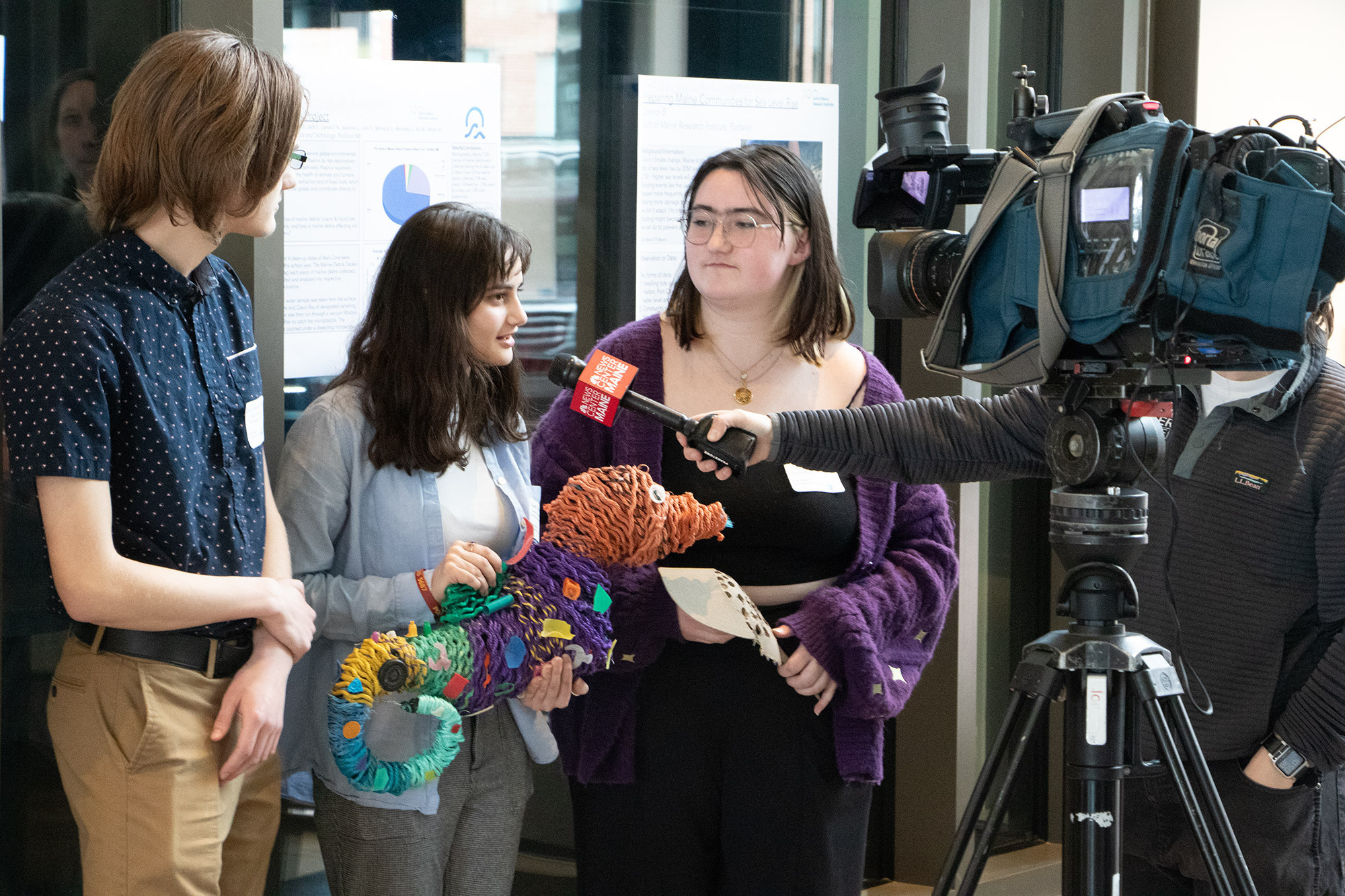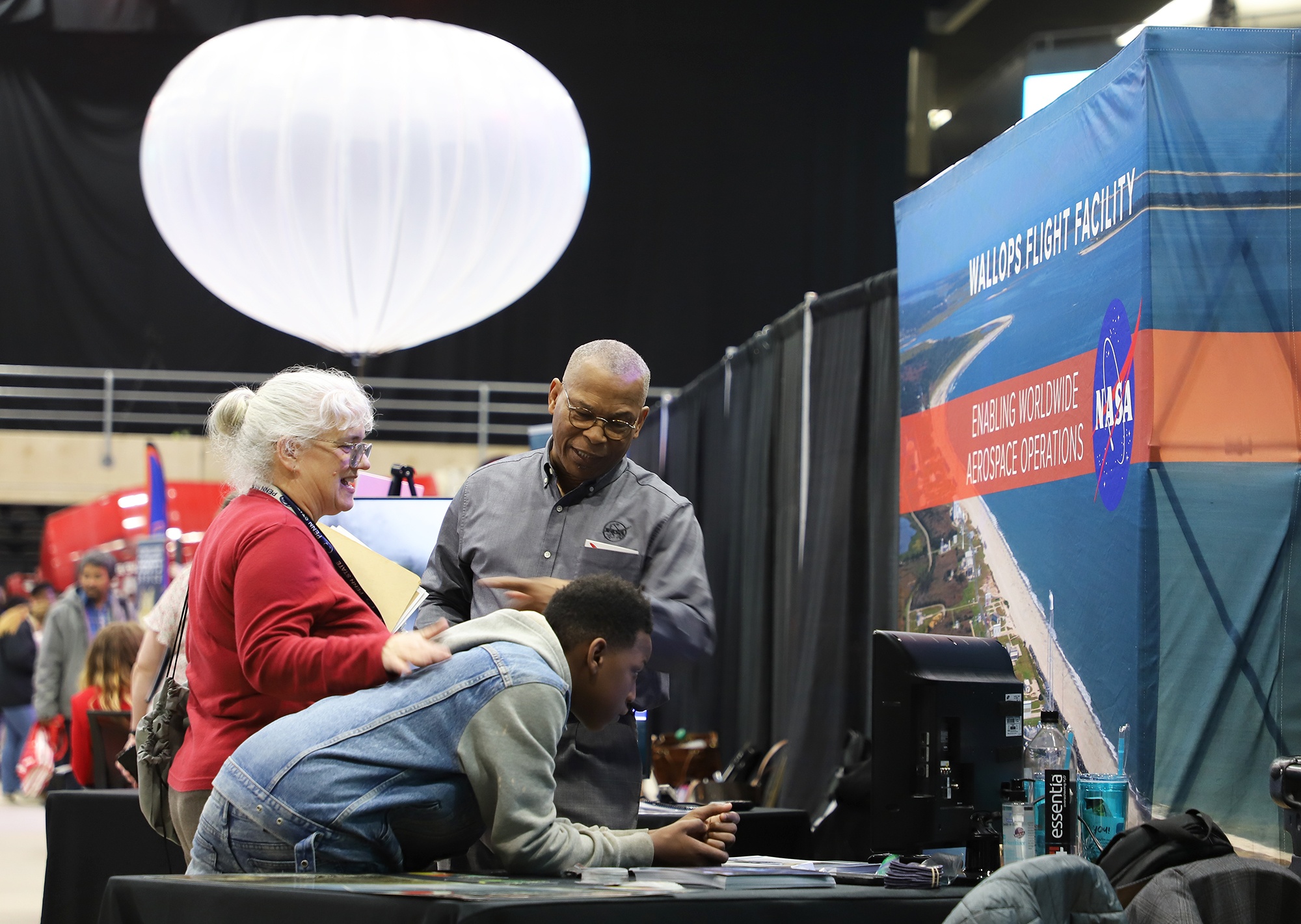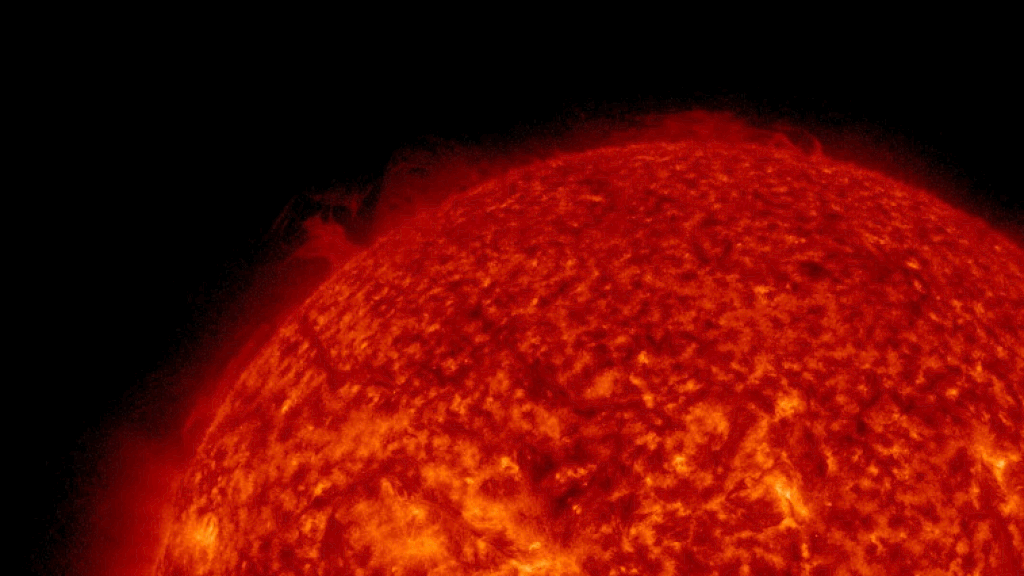NASA astronaut Tracy C. Dyson, Roscosmos cosmonaut Oleg Novitskiy, and spaceflight participant Marina Vasilevskaya of Belarus pose for a portrait at the Gagarin Cosmonaut Training Center on Nov. 2, 2023 Credits: GCTC/Andrey Shelepin Three crew members will blast off on Thursday, March 21, to support Expedition 70 aboard the International Space Station. NASA will provide full coverage of launch and crew arrival at the microgravity laboratory. NASA astronaut Tracy C. Dyson, Roscosmos cosmonaut Oleg Novitskiy, and spaceflight participant Marina Vasilevskaya of Belarus, are scheduled to lift off on the Roscosmos…
Read MoreMonth: March 2024
NASA Selects New Round of Candidates for CubeSat Missions to Station
Students from the University of Michigan work on their Measurement of Actuator Response and In Orbit (MARIO) CubeSat which launched to the International Space Station in November 2022. Photo credit: University of Michigan NASA selected 10 small research satellites across eight states to fly to the International Space Station as part of the agency’s efforts to expand education and science opportunities, support technology advancement, and provide for workforce development. These small satellites, or CubeSats, use a standard size and form measured in units. One unit (1U) is 10x10x11 centimeters and…
Read MoreFindings from the Field: Students and Professionals Connect at Research Symposium
2 min read Findings from the Field: Students and Professionals Connect at Research Symposium On March 18, 2024, 65 middle and high school scientists gathered at the Gulf of Maine Research Institute (GMRI) in Portland, Maine to share their science research projects with one another and with professional scientists from GMRI, Mount Washington Observatory (MWOBS), and NASA Jet Propulsion Laboratory. GMRI is the anchor institution for the NASA Science Activation Program’s Learning Ecosystems Northeast (LENE) project, which supports Findings from the Field, a journal of student scientific research. Annually, youth…
Read MoreNASA Wallops Offers Career Inspiration to Delmarva Students
3 min read Preparations for Next Moonwalk Simulations Underway (and Underwater) Roland Wescott, representing the range at NASA Wallops, engages with participants during the Junior Achievement Inspire event at the Wicomico Youth & Civic Center. NASA/Olivia Littleton NASA’s Wallops Flight Facility, partners, and area employers joined forces on a mission to inspire more than 4,500 eighth-grade students seeking answers to all questions “career” at the 2024 Junior Achievement (JA) Inspire event. The annual career-exploration event was held March 12-13 at the Wicomico Youth and Civic Center in Salisbury, Maryland, featuring…
Read MoreSony FE 16-35mm f/2.8 GM II vs Canon RF 15-35mm f/2.8 L IS USM
Wide-angle zoom lenses make up one-third of the ‘Holy Trinity’ lens lineup and prove endlessly useful for several purposes, including landscapes, architecture and astrophotography. Often, a standard 24-70mm zoom lens isn’t quite wide enough to shoot a particular scene, so having a wide-angle lens in your kit bag lets you fill the gap below 24mm. Wide-angle lenses are favored in astrophotography because they capture a wider portion of the sky and let more light in than standard and telephoto lenses typically do (which, when you’re shooting in the dark, is…
Read MoreSleeping subduction zone could awaken and form a new ‘Ring of Fire’ that swallows the Atlantic Ocean
A subduction zone below the Gibraltar Strait is creeping westward and could one day “invade” the Atlantic Ocean, causing the ocean to slowly close up, new research suggests. The subduction zone, also known as the Gibraltar arc or trench, currently sits in a narrow ocean corridor between Portugal and Morocco. Its westward migration began around 30 million years ago, when a subduction zone formed along the northern coast of what is now the Mediterranean Sea, but it has stalled in the last 5 million years, prompting some scientists to question whether…
Read MoreLego Creator 3-in-1 Space Astronaut review
Essential info: Price: $54.99/£44.99 Model number: 31152 Number of pieces: 647 Dimensions: 10.5 inches (27cm) tall Recommended age: 9+ Lego is well and truly throwing everything at the space category this year. Its City, Creator, Technic and even Friends ranges all have dedicated ‘space’ sub-ranges and, if you’re someone who loves space as much as Lego, it’s fantastic news. We’re loving the emphasis on the stars, planets and space exploration — and one of our favorite sets so far has to be this Lego Creator 3-in-1 Space Astronaut. Buildable into…
Read MoreMercury slammed by gargantuan eruption from the sun’s hidden far side, possibly triggering ‘X-ray auroras’
A gigantic, fiery eruption around 40 times wider than Earth recently exploded from the sun’s hidden far side. The eruption hurled a massive cloud of plasma into space that later smashed into Mercury, scouring the planet’s rocky surface and potentially triggering “X-ray auroras” on the unprotected world. The eruption was likely triggered by a powerful solar flare, which occurred around 7 p.m. ET on March 9, Spaceweather.com reported. NASA’s Solar Dynamics Observatory (SDO) spotted a large, partially obscured plasma filament exploding outward from behind the sun’s northeast limb. Based on the amount of…
Read MoreThis Week In Space podcast: Episode 102 — A New Volcano on Mars!
On Episode 102 of This Week In Space, Rod and Tariq talk with Dr. Pascal Lee about the intriguing features he and his associates found in a region of complex terrain between Mars’ Olympus Mons, the largest volcano in the solar system, and the western extent of Valles Marineris, the largest canyon. First, he spotted a relict glacier, covered with volcanic ash, and in a single day, realized he’d found a recently active volcano not previously identified–and how was this missed? Pascal will fill us in on the gritty details.…
Read More‘3 Body Problem:’ How Netflix’s sci-fi saga employs the famous Wow! SETI signal
The Wow! signal is one of the great astronomy puzzles of the past 50 years, but it’s not so mysterious in the sci-fi universe of “3 Body Problem.” Netflix’s new eight-episode alien invasion saga “3 Body Problem” uses the famous SETI (search for extraterrestrial intelligence) signal as a prominent plot device in its wild centuries-spanning narrative. The Wow! signal was an intense narrowband radio signal detected on the night of Aug. 15, 1977 by Ohio State University’s Big Ear Radio Observatory and the North American Astrophysical Observatory (NAAPO) during a…
Read More